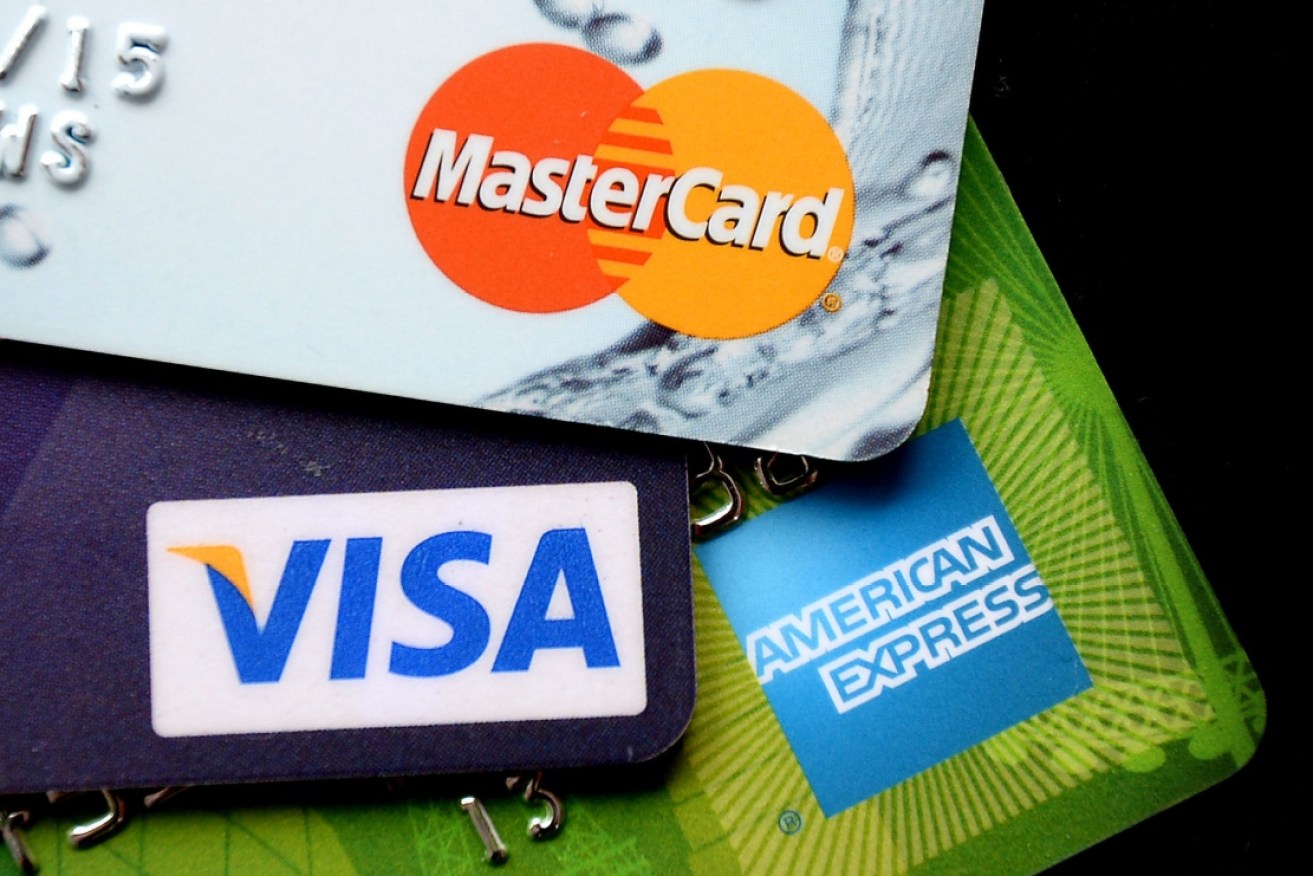ASIC calls time on predatory credit card lending


'Balance transfer' cards got a particularly bad rap in ASIC's report. Photo: AAP
Corporate watchdog ASIC has called time on predatory credit card lending, saying banks have a responsibility to act “efficiently, honestly and fairly” towards their customers.
In a truly damning report on the credit card industry on Wednesday, ASIC revealed almost 20 per cent of people with credit cards were struggling to pay their bills.
That’s almost two million of us who are using credit cards incorrectly – as high-interest loans rather than a short-term cashflow facility.
Most alarmingly, it found more than half a million of us are in a state of severe or serious “delinquency”.
It was a huge report with lots to pick apart. But one aspect of it was particularly concerning: the phenomenon of ‘balance transfer’ credit cards.
Balance transfer credit cards are targeted at people with existing credit card debt. They lure customers in with promises of interest-free periods, meaning you can switch over to them and pay off your existing debt without racking up more interest.
Used savvily, this may look like a pretty good offer. But as ASIC showed, a lot of people are not being savvy – and the banks are doing nothing to help them.
The regulator found around a third of balance-transfer customers were ending up in even more debt than before, while 17 per cent saw their debt go up by more than 50 per cent.
While just over half of customers did manage to reduce their debt, only 8 per cent of customers actually managed to pay off their debts in full.
“These findings suggest that the ‘debt trap’ risk for balance transfers noted by the Senate inquiry exists and affects a substantial proportion of consumers,” ASIC stated.
Balance transfer cards are particularly dangerous for low-income people with poor financial literacy.
That’s because when the interest-free period runs out, they often have absolutely enormous rates of interest – upwards of 20 per cent per annum in many cases. A no-frills, straightforward credit card will charge half that.
As banks know, in the world of personal finance inertia is a powerful force. Once you’ve lured the customer in, there’s a very good chance they will stay even if they’re getting a rotten deal, simply because it’s too much bother to change.
Katherine Temple, senior policy officer at the Consumer Action Law Centre, said that the 32 per cent of balance transfer customers who failed to reduce their debt were playing into the banks’ hands.
“Balance transfer credit cards are marketed as a solution to the debt problem, but the bank is hoping you won’t repay the balance, because as soon as the interest-free period runs out you’ll be hit with huge fees,” she said.
“There’s an incentive for banks to provide credit cards to people who struggle to repay, because they tend to pay the most in fees. The bank makes money when you fail.”
Recent Reserve Bank figures demonstrated this. Last year, credit card fees (not including interest) were the single biggest source of revenue for banks from households, accounting for $1.67 billion.
They were also the fastest growing, increasing 6.7 per cent last year.
The RBA said this rise was driven mainly by income from late payment fees, as well as higher foreign currency conversion fees.
Supporting the notion that banks like it when customers fail to repay, ASIC found the vast majority of credit card providers – 75 per cent – were taking no “proactive” steps to contact their customers when they showed serious signs of not being able to pay back their debt.
“Consumers who are in persistent debt, or repeatedly making low repayments, are profitable for credit providers,” ASIC stated in Wednesday’s report.
“However, providers have obligations to conduct themselves efficiently, honestly and fairly.”
To address this problem, ASIC has proposed new rules forcing banks and other credit card lenders to assess the ability of customers to repay their credit card debts. If they are unlikely to be able to repay them after three years, then they won’t qualify.
As a result people will be less likely to fall into credit card debt traps.
Ms Temple said this was a “significant improvement” on the current situation – adding that she had recently dealt with someone who had so much credit card debt it was going to take him 146 years to pay it off.








